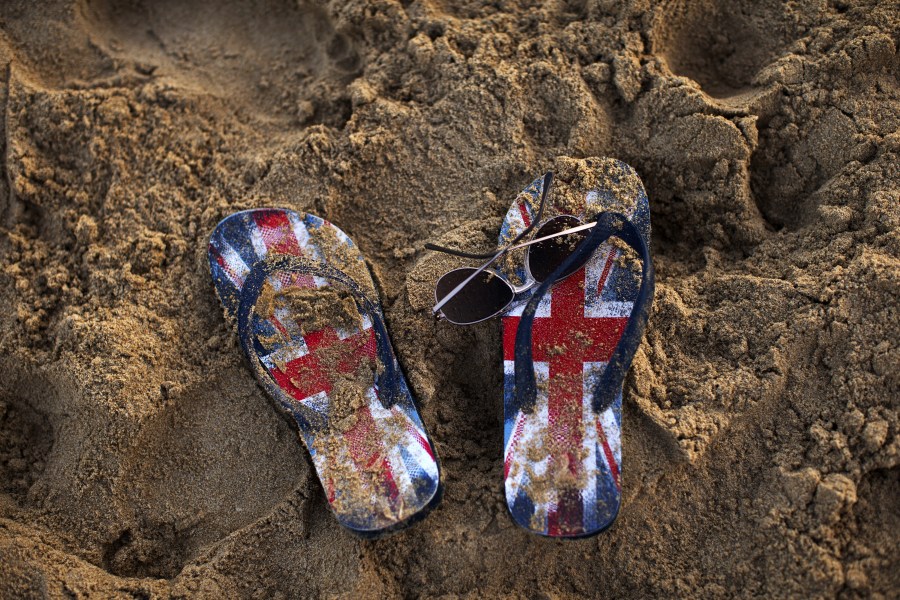HONOLULU (KHON2) — Summer is here and National Flip-flop Day is upon us! Known in Hawaii as “slippahs”, flip-flops, have a rich history and hold significant cultural importance in Hawaiʻi.
The popularity of slippahs in Hawaiʻi is closely tied to our climate, lifestyle and cultural influences.
The origins of slippahs can be traced back to ancient Egypt, but their modern form is heavily influenced by Japanese zōri sandals.
United States soldiers who were stationed in Japan during World War II brought zōri back to the U.S., where they evolved into the rubber-soled flip-flops we know today.
Flip flops were quickly adopted in Hawaiʻi due to their practicality in the tropical climate. They became known as “slippahs” in the local Pidgin English. The simplicity, affordability and suitability for beach life and casual wear contributed to their widespread use.
Slippahs are ubiquitous in Hawaiʻi and are worn by people of all ages. They are considered appropriate for a wide range of activities, from going to the beach to casual gatherings.
This footwear is seen as a symbol of the laid-back, easy-going Hawaiʻi lifestyle. Beyond practicality, slippahs have become a cultural icon in Hawaiʻi.
They symbolize the island’s relaxed approach to life and are a staple in the wardrobes of locals and tourists alike. Slippahs are often associated with aloha spirit which is meant to reflect warmth, friendliness and informality.
The affordability and accessibility of slippahs have made them a staple for everyone, regardless of socioeconomic status. They are available in various designs and price ranges, from simple rubber versions to more elaborate and fashionable styles.
Slippahs are worn daily by many who live here. They are easy to slip on and off which makes them ideal for the beach, pool or just walking around town. Their versatility has made them a preferred choice of footwear throughout the islands.
The influx of tourists to Hawaiʻi has also played a role in the popularity of slippahs. Tourists often adopt the local custom of wearing flip-flops, and many bring them back home.
While traditionally simple, slippahs have also become a fashion statement. Various brands offer designer flip-flops with unique patterns, colors and materials and cater to both locals and tourists seeking stylish yet comfortable footwear.
Slippahs are also a common sight at cultural events, luaus and family gatherings. They are an integral part of the informal and inclusive atmosphere of Hawaiʻi social life.
Slippahs are more than just footwear in Hawaiʻi—they are a cultural icon that embodies the islands’ climate, lifestyle and spirit.
Their history of adoption from Japanese zōri and their evolution into a symbol of local identity reflect the unique blend of cultures that characterize Hawaiʻi.
